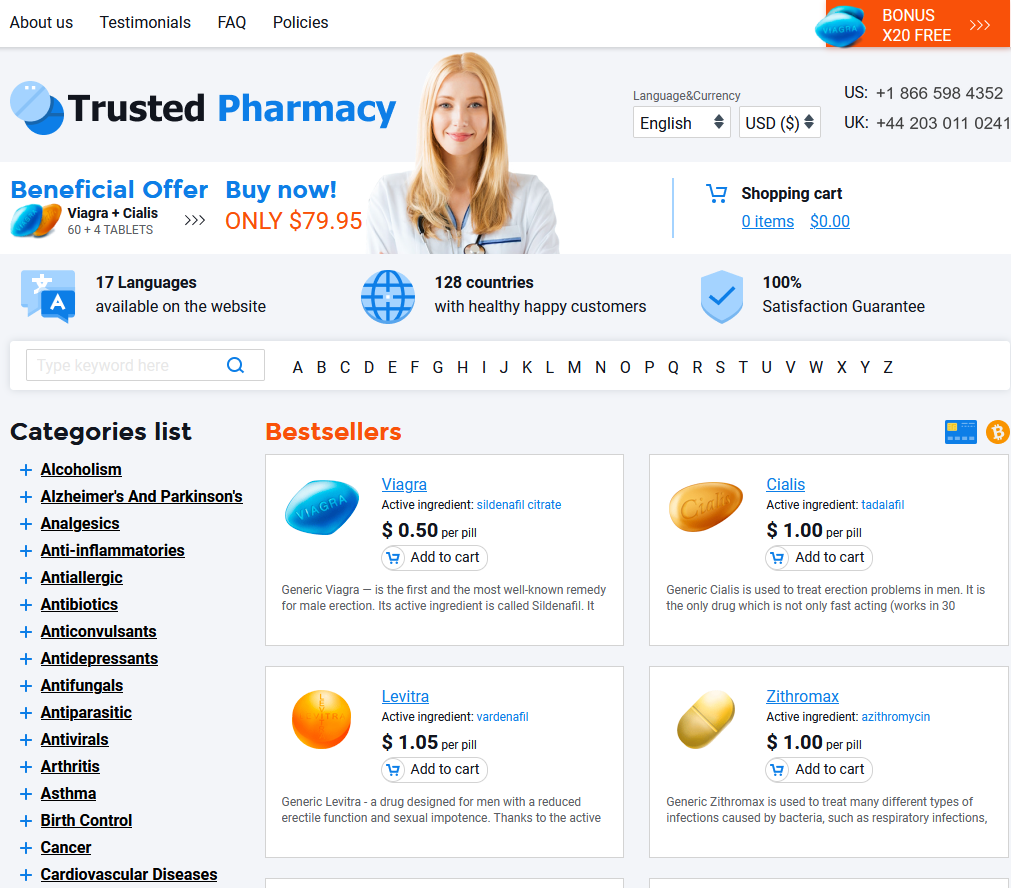A Brief History of Hydroxychloroquine in Medicine
Developed in the 1950s as a safer alternative to quinine, hydroxychloroquine was initially used to prevent and treat malaria. Its favorable side effect profile quickly drew attention in the medical community, leading to experimentation for other illnesses. By the 1960s, physicians discovered its anti-inflammatory properties made it effective against certain autoimmune diseases. Over decades, hydroxychloroquine has become a cornerstone in treating conditions such as lupus and rheumatoid arthritis, earning a longstanding reputation for reliability and versatility.
| Milestone Year | Key Development |
|---|---|
| 1950s | Introduced as antimalarial |
| 1960s | Adopted for autoimmune disease use |
How Hydroxychloroquine Works on the Immune System

Originally developed as an antimalarial drug, hydroxychloroquine uniquely modulates the immune response, making it valuable in autoimmune disorders. It interferes with the communication of immune cells, particularly by reducing the production and release of inflammatory cytokines that can cause tissue damage.
By stabilizing lysosomal membranes within white blood cells, hydroxychloroquine prevents excessive immune activation. This action helps to quell the misdirected attacks of the immune system against the body’s own tissues, which are at the core of autoimmune illnesses.
Additionally, hydroxychloroquine can alter how the immune system processes and presents antigens. This decreases the likelihood of autoantibody production, a major driver in many autoimmune diseases, ultimately reducing flare-ups and improving patient outcomes.
Common Autoimmune Diseases Treated with Hydroxychloroquine
Physicians have relied on hydroxychloroquine to help manage several chronic autoimmune conditions. One of its primary uses is in the treatment of systemic lupus erythematosus (SLE), where it has been shown to reduce flare-ups and control symptoms. Additionally, the medication is commonly prescribed for rheumatoid arthritis, alleviating joint pain and stiffness while protecting against long-term complications.
Beyond these, doctors may also recommend hydroxychloroquine to people with certain forms of juvenile idiopathic arthritis and discoid lupus. Its broad applicability comes from its ability to dampen overactive immune responses, making hydroxychloroquine an invaluable tool in maintaining patients’ quality of life.
Key Benefits of Using Hydroxychloroquine for Patients

For many patients facing the daily challenges of autoimmune conditions, hydroxychloroquine has become a reliable source of relief and stability. Its ability to reduce inflammation and suppress overactive immune responses allows patients with diseases like lupus and rheumatoid arthritis to experience fewer flare-ups and a significant reduction in pain and joint swelling. This enhanced symptom control often translates into improved mobility, greater independence, and a better overall quality of life.
One of hydroxychloroquine’s unique advantages is its favorable safety profile compared to many other immunosuppressive medications. It can often be used long-term, helping to prevent disease progression and long-term organ damage without causing widespread immune suppression. Additionally, it does not require frequent lab monitoring or as many lifestyle adjustments, making it a practical and well-tolerated option for people managing lifelong autoimmune disorders.
Potential Side Effects and Safety Considerations
While hydroxychloroquine is widely recognized for its effectiveness, patients must be mindful of certain adverse effects. Some may experience mild gastrointestinal upset or skin rashes, but more serious issues, such as vision changes, can arise over longer-term use. Regular eye exams are therefore strongly advised to catch any signs of retinal toxicity early.
For many, hydroxychloroquine remains well tolerated, but it’s important to tailor monitoring and dosage to individual risk profiles. Doctors also carefully assess drug interactions before prescribing this medication.
Below is a summary of possible side effects:
| Side Effect | Frequency | Monitoring Recommendation |
|---|---|---|
| Gastrointestinal upset | Common | Symptom review; supportive care |
| Skin rashes | Occasional | Clinical assessment |
| Retinal changes | Rare (long-term) | Annual eye exam |
Current Research and Emerging Future Directions
In recent years, scientists have deepened their understanding of hydroxychloroquine’s mechanisms, investigating its effects beyond traditional uses. Innovative clinical trials are exploring whether the drug could modulate specific immune pathways more precisely, potentially reducing disease flare-ups in conditions like lupus and rheumatoid arthritis. There is particular interest in combining hydroxychloroquine with newer biologic medications to enhance efficacy while minimizing side effects.
Researchers are also examining biomarkers to better predict which patients might benefit most from hydroxychloroquine, optimizing its role in personalized medicine. Advances in drug delivery—such as extended-release formulations—may improve patient adherence and outcomes. All of this points toward a more targeted, individualized approach.
As enthusiasm grows for precision therapies, ongoing studies continue to refine hydroxychloroquine’s place in autoimmune disease management, promising to shape future standards of care.

